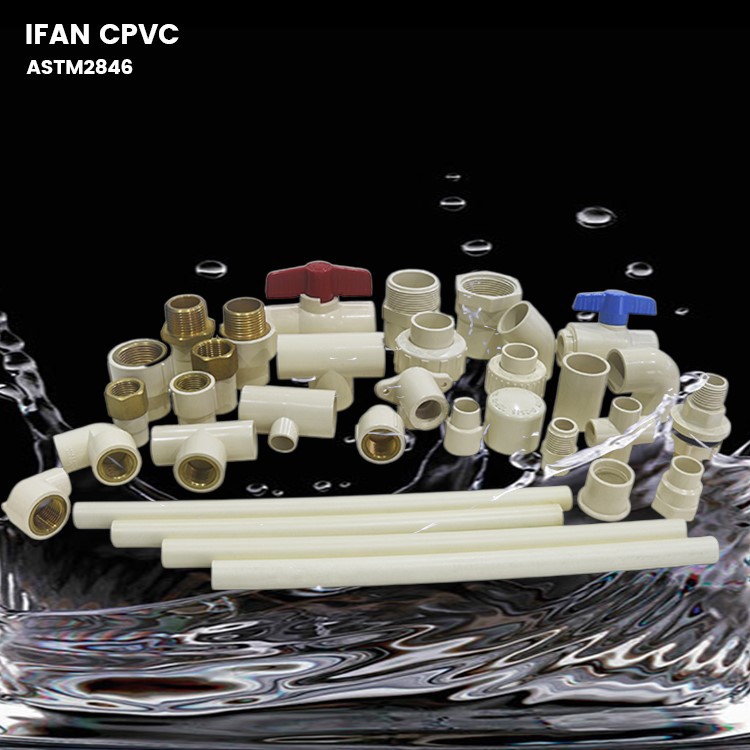Vinyl chloride is a colorless gas with a sweet odor and a chemical formula C2H3Cl. It is an important industrial chemical used to produce polyvinyl chloride (PVC), a common plastic material used in a variety of applications, including pipes, electrical cable insulation, window frames, flooring, and many others.
When vinyl chloride is burned, it undergoes a series of chemical reactions that produce a number of different compounds, some of which can be harmful to human health and the environment. The exact composition of the combustion products depends on several factors, including the temperature of the burn, the presence of other chemicals in the combustion process, and the quantity of vinyl chloride being burned.
One of the main products of the combustion of vinyl chloride is hydrogen chloride (HCl), a highly corrosive and toxic gas that can cause severe respiratory problems and damage to the eyes, skin, and mucous membranes. HCl is formed when the chlorine atoms in vinyl chloride react with hydrogen atoms in the presence of heat and oxygen, according to the following equation:
C2H3Cl + O2 → 2 CO + HCl + H2O
Other products of vinyl chloride combustion include carbon monoxide (CO), a poisonous gas that can cause headaches, dizziness, and nausea; carbon dioxide (CO2), a greenhouse gas that contributes to global warming; and various volatile organic compounds (VOCs), such as benzene and toluene, that can cause cancer, neurological disorders, and other health problems.
The toxicity of the combustion products of vinyl chloride can be further enhanced by the presence of other chemicals that may be present in the combustion process. For example, if vinyl chloride is burned in the presence of PVC, other additives, or impurities, such as heavy metals or dioxins, these compounds can be released into the atmosphere and can pose additional health and environmental risks.
In addition, the temperature of the burn can also affect the composition and toxicity of the combustion products. At high temperatures, vinyl chloride can break down into smaller molecules, such as ethylene, propylene, and acetylene, which can react with oxygen to form highly reactive free radicals. These radicals can then react with other molecules in the combustion process, forming a variety of different compounds, including some that are highly toxic and carcinogenic.
Therefore, the combustion of vinyl chloride can have significant health and environmental consequences, and should be avoided whenever possible. Proper storage, handling, and disposal of vinyl chloride can help to minimize the risks associated with its use, and the development of safer and more sustainable alternatives to PVC can help to reduce the need for this hazardous chemical.
In conclusion, vinyl chloride becomes a mixture of different compounds when it is burned, including hydrogen chloride, carbon monoxide, carbon dioxide, and various volatile organic compounds. The exact composition and toxicity of these combustion products depend on a number of factors, including the temperature of the burn and the presence of other chemicals in the combustion process. The combustion of vinyl chloride can have significant health and environmental consequences, and efforts should be made to minimize its use and develop safer and more sustainable alternatives.
